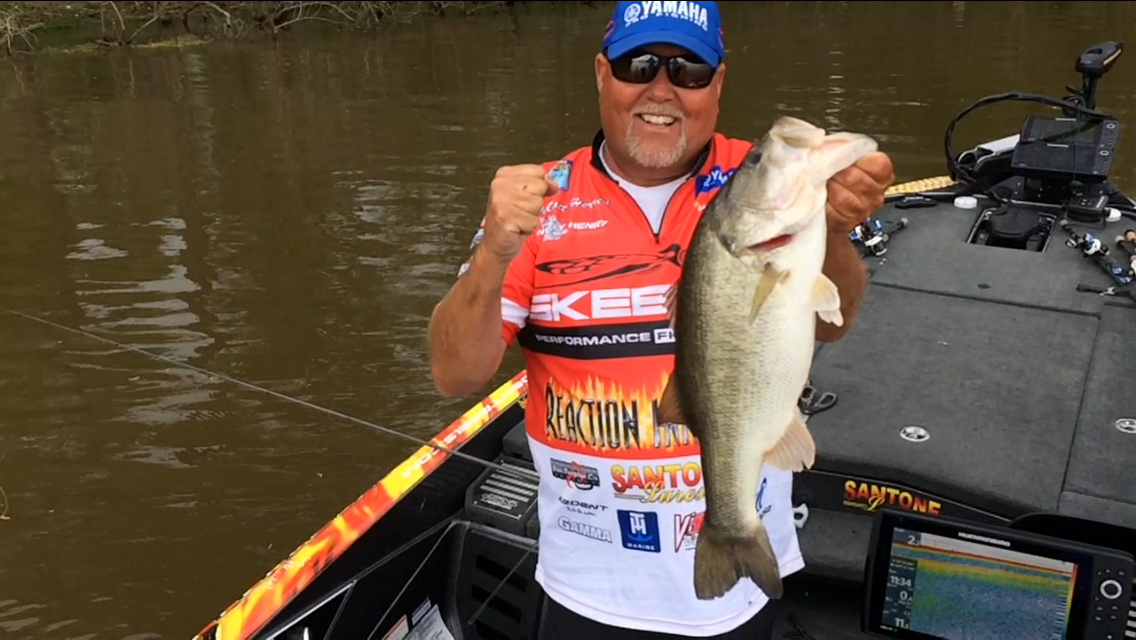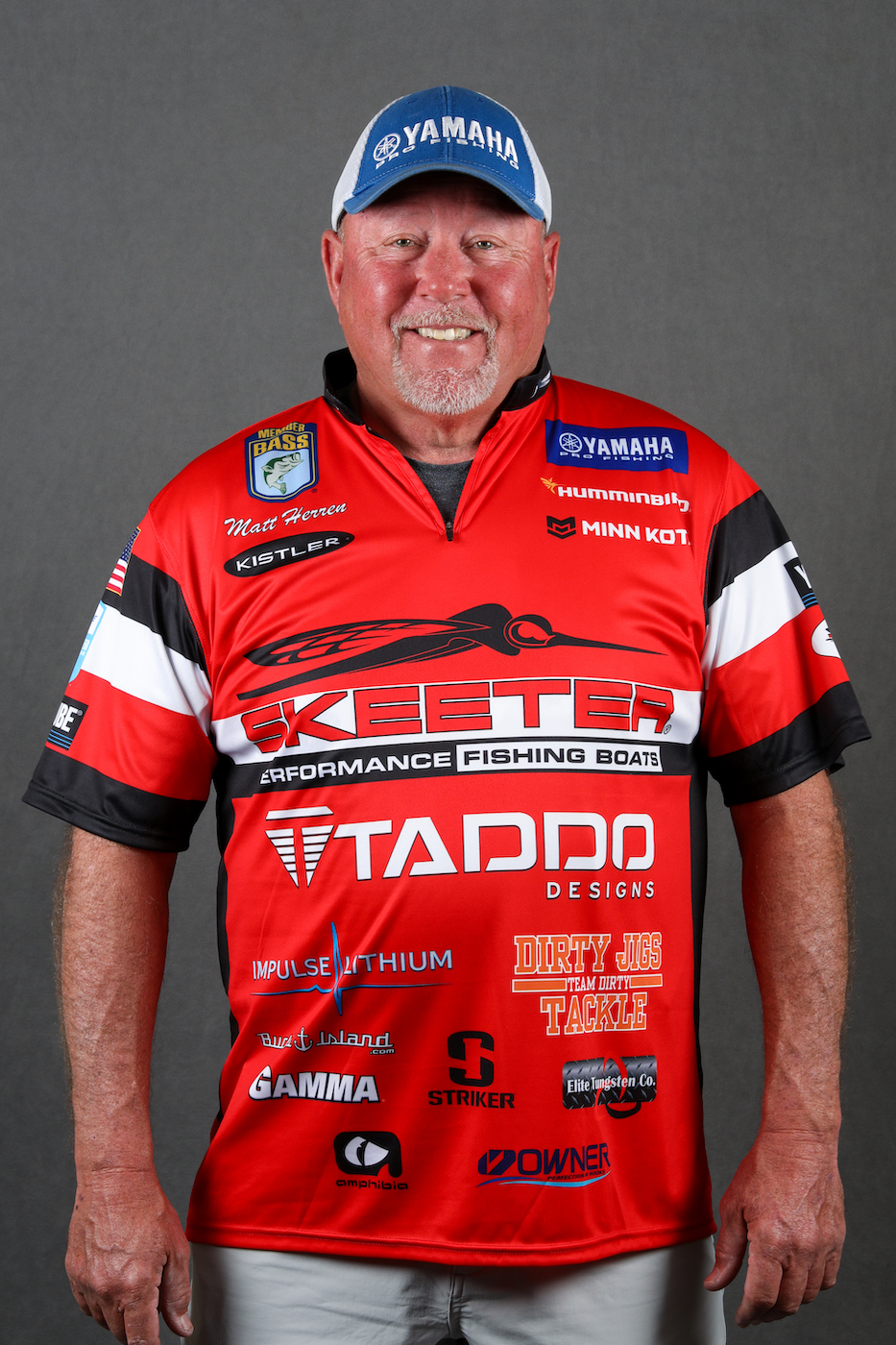
With the first day of the 2019 Bassmaster Elite Series tournament season just a week away, I’m more than ready to get started. Coming off a subpar season in 2018, I’ve had too much time to dwell on what happened, and why it happened, and how to prevent it from happening again. I’m ready to get in my Skeeter and go fishing.
With the season closing in I’ve begun my ritual of weather-watching and trying to get in tune with the conditions we’ll face in the first two events. The first tournament at Florida’s St. Johns River, a body of water that the Elite Series has fished several times, will be unlike any other tournament we’ve held there. With it being held a month earlier than any previous Elite Series tournament there, and the Southeast headed for unusually cold temps, it could be a Florida grinder.
The next stop is a lake that B.A.S.S. has not visited in many years, Georgia’s Lake Lanier. This lake will turn out some great bags regardless of the weather due to its healthy population of spotted bass. This bass species typically doesn’t mind colder weather and water temps. So as long as the ramps and roads don’t get icy, it should be an awesome tournament.
With two widely different tournaments on back-to-back weeks, the biggest challenge I face will be tackle prep. They will require two completely different sets of rods and tackle. After many years fishing the Elite Series the one thing that I’ve learned about this time of year is things happen fast and change is inevitable. Weather-wise, the next several days could be the most important days of the season.
I feel confident that I’ll be ready for whatever conditions come my way. The main reason for that confidence is the time I’ve put into preparation. It began last November. That’s when I started checking off the list I make of everything needed for the year: sponsor negotiations, boat wrap, lodging at every tournament site, tackle and all the incidentals it takes to travel the country for a year. A lot of that happens before the season ever starts.
When it comes to tackle, some guys keep everything they’ve got in the boat all year. I hate that. I can carry it all, but it’s a pain. I try to do an inventory, and take only what I need. Having said that, I’ll have to carry darned near everything for these first two back-to-back tournaments because they’re so different.
Part of my offseason homework includes looking at the techniques that are probably going to dominate at each event and make an honest evaluation of what I need to get better at. I use my downtime to figure out the weak spots in my game and improve on them.
For instance, I didn’t grow up fishing deep, clear bodies of water. Throughout my career I’ve excelled at shallow-water power fishing but struggled when the bite is offshore in clear water. So that’s typically where I invest my time in the offseason, trying to become a better overall fisherman by getting better at my weakness.
My Humminbird electronics are key to that. I don’t care how well you think you know your sonar, you can always get better. You’re handicapping yourself if you’re not updating and practicing with all the bells and whistles that are available on today’s Humminbird units.
I learn more and more and more every time I’m on the water. The more I use my electronics the better I understand how fish set up on certain structure and how to locate them quicker. When you’re on the clock during tournament competition, things are moving fast. Using your electronics has to come naturally in that situation. You don’t have time to think about it. That’s a big point of emphasis for me during every offseason.
Some guys spend the offseason deer hunting and duck hunting, and I do some of that. But I don’t ever get completely out of the boat. I feel good about the time I’ve put in during this offseason. I’m way ahead of where I usually am at this point. I’m fired up about the upcoming season and all the new things going on in our sport.
Let’s go fishing!

